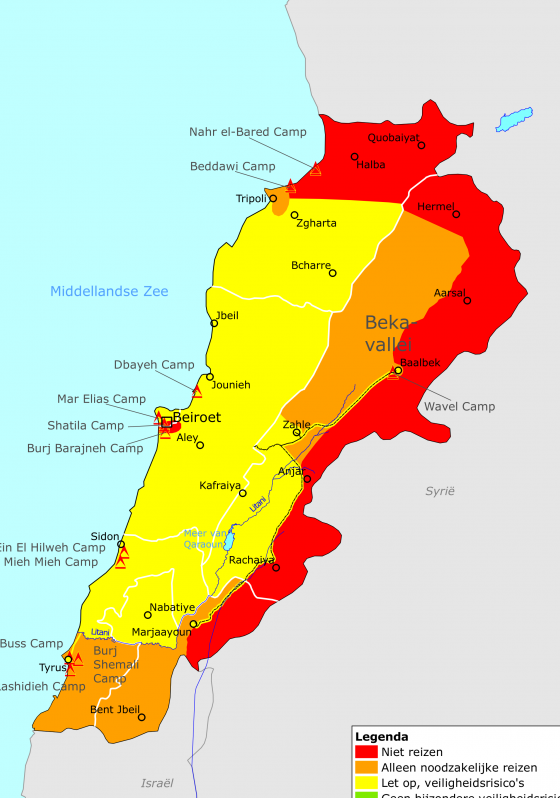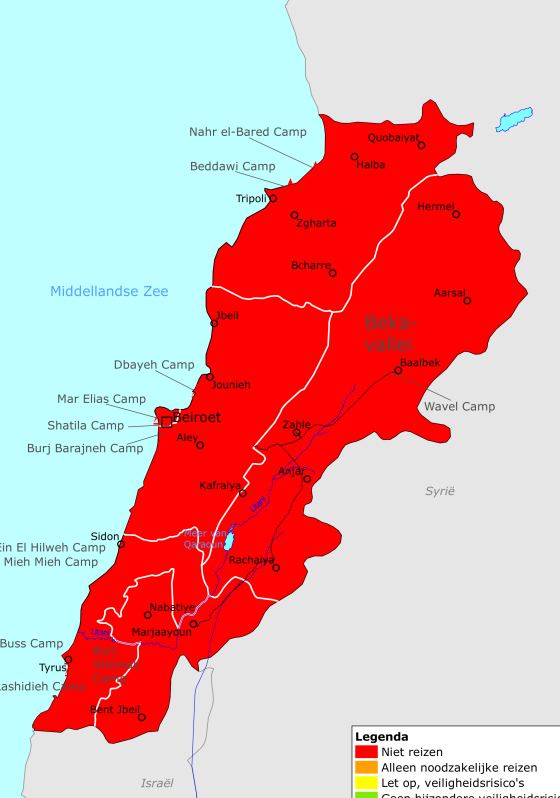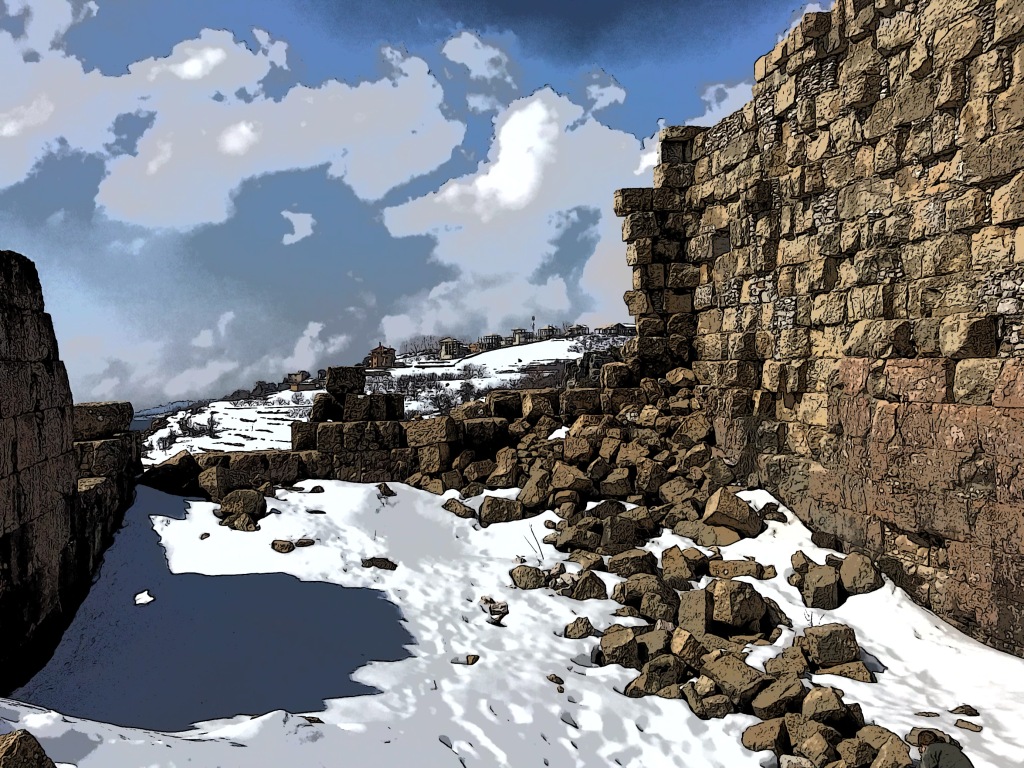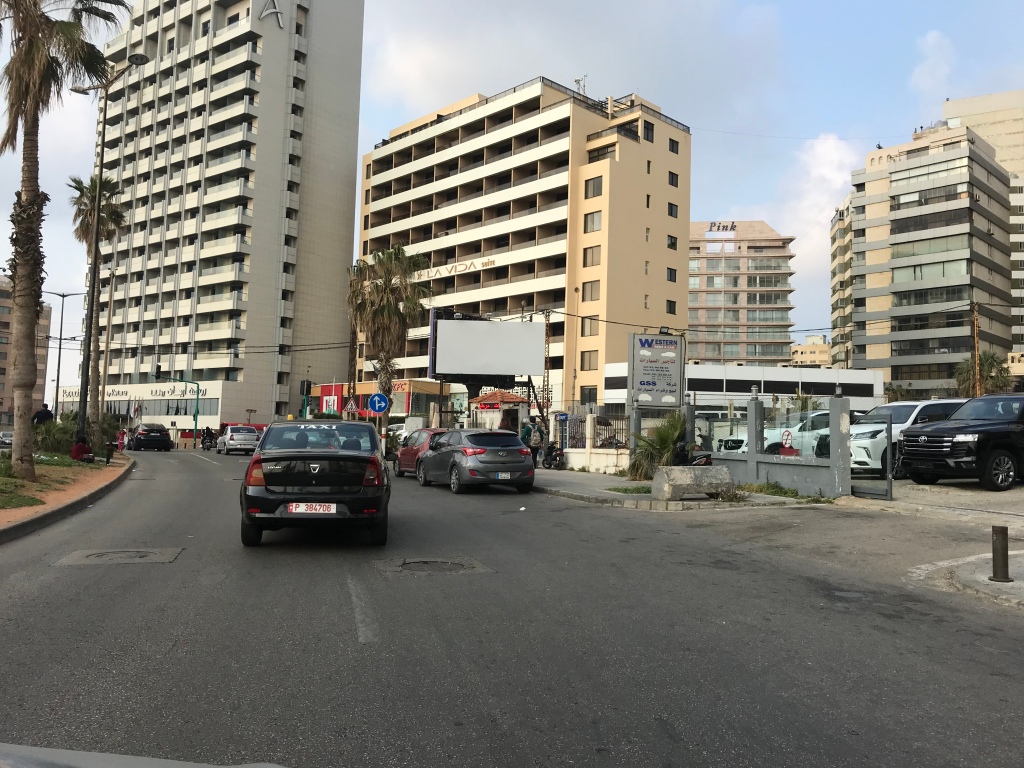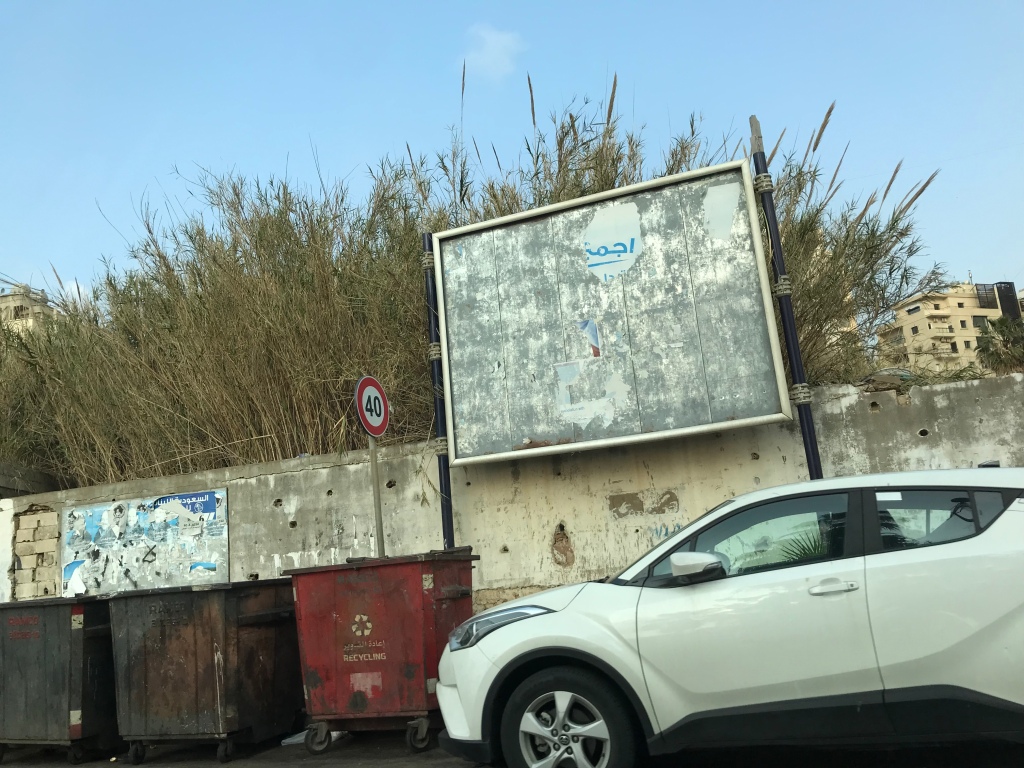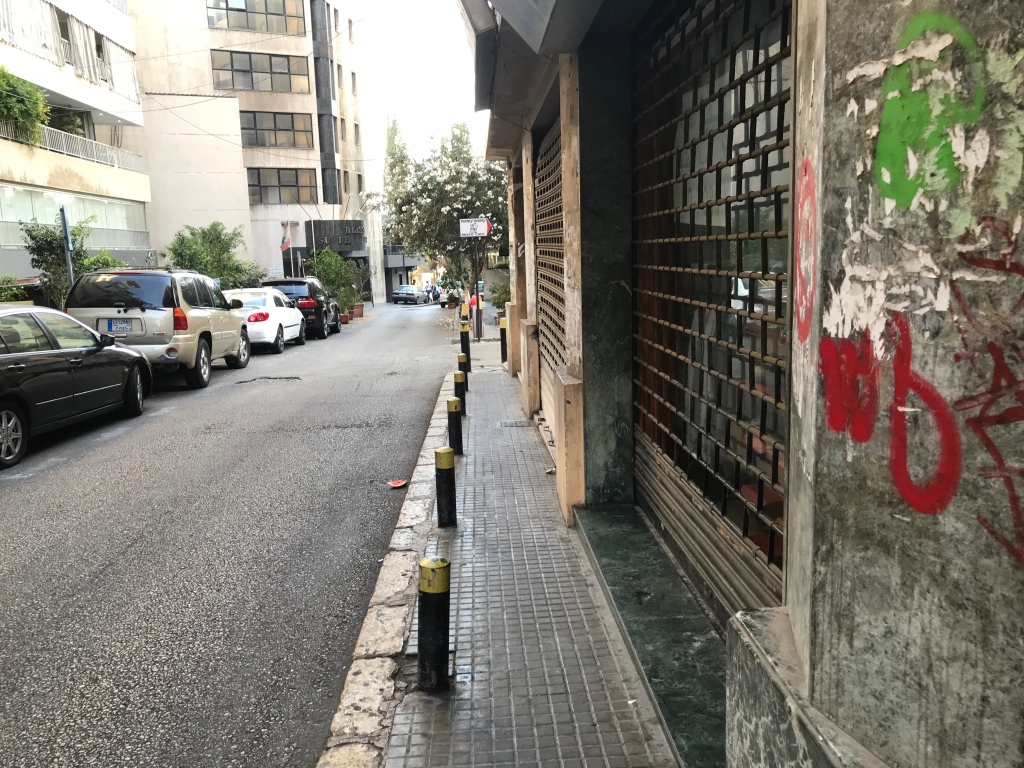
There is a steep west-southwest gradient in the Manara neighborhood from trafficked, new, upscale, to desolate, unkempt, forgotten. Saudi embassy and luxury flats to empty public schools and abandoned buildings. A few hundred meters down the gradient from here, smack in an almost no-man’s land, a blank area in my mental map, I found this cat napping on its throne. It brings to mind that just like politics, comfort can be local.
These last few weeks have been a strange time caught between horror and hope, fear and fatalism. The final approach to the Beirut airport (BEY) is about half a kilometer west over the sea, and every time I hear a plane, somewhere churning in the back of my mind is an analysis of whether it is a normal jet delivering passengers or a military jet delivering munitions. In one of the first few nights of the Gaza war, there was an electrical storm, and not expecting any weather, I awoke trying to determine if it was the airport being bombed, which everyone expects will be an early event.
Sound can travel very far under some conditions and over water. Jets, explosions, and thunder can sound quite similar at the edge of hearing. Especially at night, I catch myself listening to very distant rumbling. It is sometimes shelling in the south, yet fortunately, it is usually an arriving passenger jet far to the north whose low rumbling slowly becomes recognizable, dissipating the feeling of dread and memories of the July War. I need to take some inspiration from this cat.

